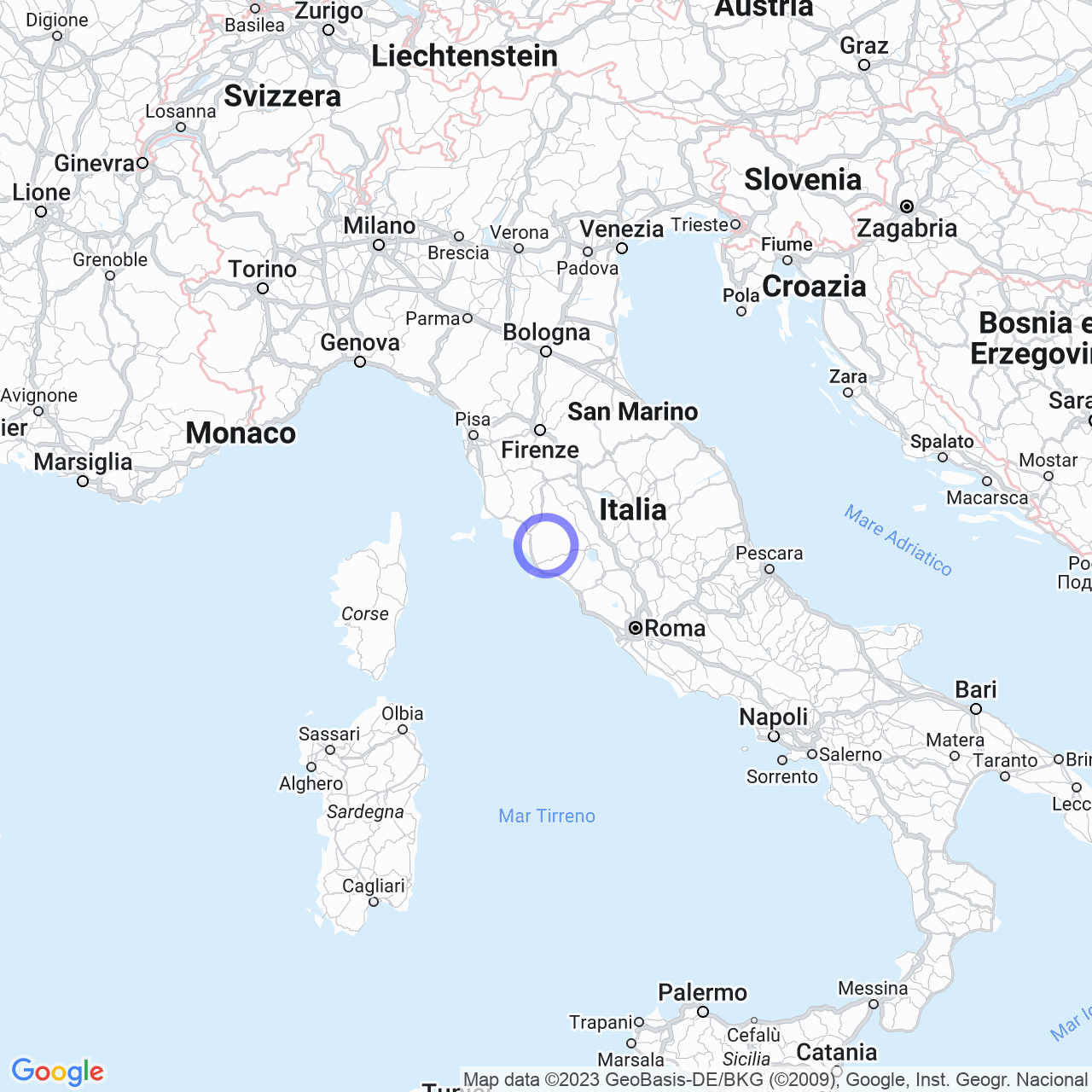Pancole
Pancole: an ancient Tuscan village on the hills of Scansano
Scansano, in the province of Grosseto, Tuscany, is home to an ancient village called Pancole. Located on a panoramic hilltop at 462 meters above sea level, the center of Pancole is characterized by the parish church and the ancient public palace. The hamlet is delimited by the hills of Poggio della Domerita and Poggio Bornia, while to the south of the village the ditches of Banditella and Alberoni originate, which then form the Senna ditch, a tributary of the Trasubbino stream.
Pancole borders to the north with Montorgiali and to the south with Scansano, which is about 5 km away. The hamlet is also about 23 km from Grosseto. In this article, we will explore the history, origins of the name, monuments and places of interest of this fascinating Tuscan hamlet.
Origins of the name
The toponym Pancole derives from the Latin "ad Panculas", which precisely expresses its geographical position that slopes from the hill towards the sea of Grosseto. Pancole is one of the many places in Tuscany that have this name, such as "Pancola" and "Pancoli".

History
The hamlet of Pancole arose in the Middle Ages as a court of the nearby county of Montorgiali and became a welcoming community of shepherds and farmers towards the end of the 16th century. During the Grand Duchy of Tuscany, the village recorded a considerable agricultural growth and on March 17, 1783, Pancole detached from Montorgiali to merge into the new municipality of Scansano.
Monuments and places of interest
Pancole houses a series of monuments and places of interest that make it an unmissable destination for those who want to discover the most authentic corners of Tuscany. The Church of the Most Holy Name of Mary, built in 1668 at the behest of Niccolò Gori, is the main religious monument of the hamlet. The parish was established on July 25, 1785 with a Grand Ducal Rescript and on October 24, 1785 with a bishop's decree issued by Francesco Pio Santi, Bishop of Sovana. The parish now belongs to a single pastoral unit with that of Preselle.
Next to the church is the chapel of the Sacred Heart of Jesus. Another chapel not to be missed is dedicated to Saint Anne, erected in 1827 at the initiative of the parish priest Angelini. Inside there is the canvas of Saint Anne, contemporary with the construction of the church.
Society
From a demographic point of view, the hamlet of Pancole has seen a considerable evolution in recent years. Although it is not a very large town, the population has grown steadily. In 1963, the village had only 155 inhabitants, while in 2013 the population had risen to 312.
Today, Pancole continues to fascinate visitors with its thousand-year history, its medieval architecture, and its artistic and cultural treasures. If you are looking for a quiet and relaxing place to enjoy the beauty of Tuscany, Pancole could be the right choice for you.
